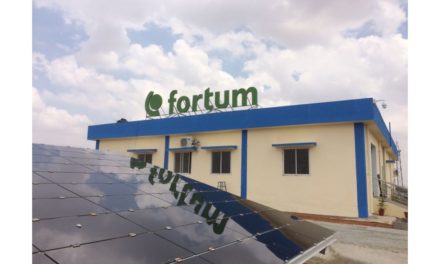- JMK Research says India’s installed solar power capacity increased with the addition of 13.95 GW in 2022
- It includes utility scale solar that improved 47% YoY, but rooftop PV and offgrid/distributed solar managed declined 42% and 50% respectively
- Cumulative installed PV capacity till December 31, 2022 as per MNRE was over 63.3 GW
India’s solar installations in the calendar year 2022 rose 17.5% annually to a total of 13.95 GW, including about 11.3 GW of new utility scale PV, according to market intelligence firm JMK Research & Analytics.
Referring to the Central Electricity Authority (CEA) data, JMK says utility scale installations increased by 47% annually, while rooftop PV segment declined 42% over the same period having deployed only 1.9 GW over 12 months.
Even offgrid/distributed solar segment went down about 50% YoY to install close to 700 MW new capacity.
In comparison, wind sector deployments grew by 26.6% annually to 1.85 GW capacity in 2022, led by Gujarat that alone commissioned over 1.6 GW new capacity.
According to the Ministry of New and Renewable Energy, as on December 31, 2022 India’s aggregate installed solar power capacity was more than 63.3 GW, while that of wind power was 41.89 GW, out of cumulative renewable energy capacity of 120.8 GW. Solar represents 52% of total renewables capacity of the country.
While solar installations of around 14 GW in 2022 are welcoming, things may not be as rosy in the times to come or so the industry seems to think. A recent LinkedIn post by O2 Power Founder and CEO Parag Sharma read, “The solar sector appears to be headed for a disaster in the second half of the financial year.”
He was pointing at capacity additions in solar taking place with modules procured before March 2022 and stated ‘there has been no procurement post the levy of Basic Customs Duty (BCD). Numbers are, therefore, expected to fall further’.
Sharma also suggested that the government can help the industry by allowing project import license route to procure solar modules and postpone Approved List of Models and Manufacturers (ALMM) by a year.
In response to Sharma’s post, interesting comments popped up from various stakeholders that at best shed some light on the headwinds faced by the sector currently. While some claimed there is enough domestic capacity to cater to upcoming module requirements but Indian developers are hesitant to use these, others said module makers are not taking orders for higher capacity modules, especially for 550W or above. Project development has also been hit by high module prices too.















